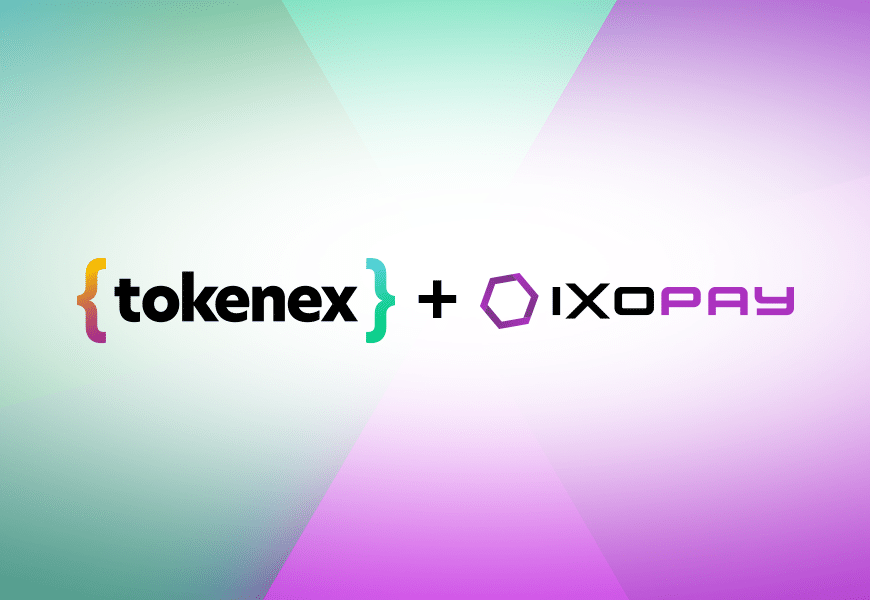A recent Mastercard report indicates that there will be 615 million global chargebacks in 2021. On a smaller scale, the average U.S. business receives an estimated 1,740 fraud attempts monthly, and half are successful. These startling statistics are a sad reality for today’s merchants that accept and process card payments. While you cannot totally eliminate chargebacks, you can learn what they are, how much they cost, and a fraud protection tool you can use to mitigate and address this growing issue. If you’re interested, keep reading to discover everything you need to know about chargebacks.
What Is a Chargeback?
A chargeback occurs when a customer disputes a charge on their debit or credit card with their issuing bank. This process works by the customer requesting that their bank remove the charge from their card and thus, void the sales transaction. The reasons can vary, including credit card fraud to never receiving the product. The Fair Credit Billing Act created chargebacks to help protect customers from fraudulent charges. While this has good intentions, chargeback fees can cost businesses time, money, and a loss of products or services.
After the customer submits the request, the bank begins the chargeback process, which involves holding the disputed charge funds until a final verdict has been made. The issuing bank will decide based on any merchant evidence that the transaction is legitimate. If the bank believes the customer, the charge is removed, and the funds are returned to the customer from the merchant’s bank (acquiring bank). However, if the bank sides with the merchant, the disputed funds are returned to their business bank account.
Common Chargeback Reasons
- Legitimate fraud – it’s possible that customers experienced credit card fraud, especially since stolen credit cards are the most common reason for chargeback fees. Indeed, card fraud makes up 30 percent of chargebacks.
- Friendly fraud – customers may submit a chargeback request for various reasons, aside from legit fraud. These cases are termed “friendly fraud,” which may include never receiving the products or services, not remembering that they made a purchase or signed up for a recurring subscription service, being overcharged or charged for the wrong items, not wanting to deal with the return/exchange process, being unhappy with a product, or not recognizing a transaction (name listed on the charge is different than the business they ordered from).
- Merchant error – in other cases, a business may accidentally charge a customer twice for the same product, enter the wrong product information, or send the incorrect item.
How Much Do Chargeback Fees Cost?
Acquiring banks use chargeback fees to cover the costs of processing chargebacks. As for the chargeback fees, this will vary based on the payment processor that a business uses and its agreements. In general, merchants can expect to pay anywhere from $20-50 per chargeback. In some cases, merchants may be charged up to $100 per chargeback. When you combine the other fees (product, transaction, operational, marketing, etc.), it’s easy to see how this can negatively impact merchants.
Additionally, businesses should be aware of their chargeback ratio. This ratio is all of their processed transactions to the number of chargebacks. This is important because a merchant with a high chargeback ratio can have their merchant account revoked. If this happens, a business will have to find a high-risk account to continue accepting and processing card payments. This will come with much higher chargeback fees due to the increased risk of payment fraud. While the interchange rates will depend on which payment processor is used, businesses should expect to receive higher interchange rates according to their transactional risk levels.
Which Industries Are at High Risk for Chargebacks?
While chargebacks are a universal problem for merchants, certain industries have a higher risk of receiving chargebacks.
- Adult products and services
- Airline tickets and tourism
- Cryptocurrency
- Dating services
- E-cigarettes
- Medical marijuana
- Online gaming
- Pharmaceuticals
- Subscription-based businesses
- Telemarketing
- Timeshares
- Tobacco products
A Credit Card Fraud Prevention Tool to Reduce Chargebacks
You cannot completely eliminate chargebacks as a business. However, there are fraud prevention solutions to help mitigate chargebacks, such as 3-D Secure (3DS). 3-D Secure is a security protocol designed to authenticate customers when they are making a card-not-present transaction. 3DS helps prevent payment fraud, hinder unauthorized transactions, and reduce chargebacks. While European businesses mainly use 3-D Secure to satisfy the strong customer authentication requirements of the Payment Services Directive, this protocol is used in other countries, such as South Africa and India.
3DS is a three-step process that verifies a cardholder’s identity before an online debit or credit card transaction is authorized. Instead of being financially responsible for chargebacks, merchants using 3DS can shift the liability for fraudulent transactions to the issuing bank. This means businesses that use this security solution can avoid paying hefty chargeback fees if fraud occurs. As a leading 3DS provider, TokenEx gives customers the freedom to use our tokens and services with any third party. This flexibility allows customers to work with any processor or provider they want and also gives them the ability to create a layered approach to payment security by combining 3DS with network tokens and Kount fraud protection.
We hope this article helped explain what a chargeback is and how much it can cost. Stay tuned for an upcoming article sharing the top prevention tips for reducing credit card fraud and those pesky chargebacks.
Are you interested in 3-D Secure?















